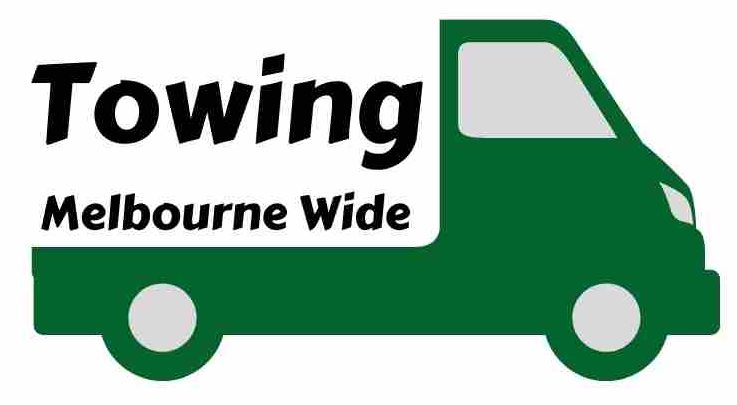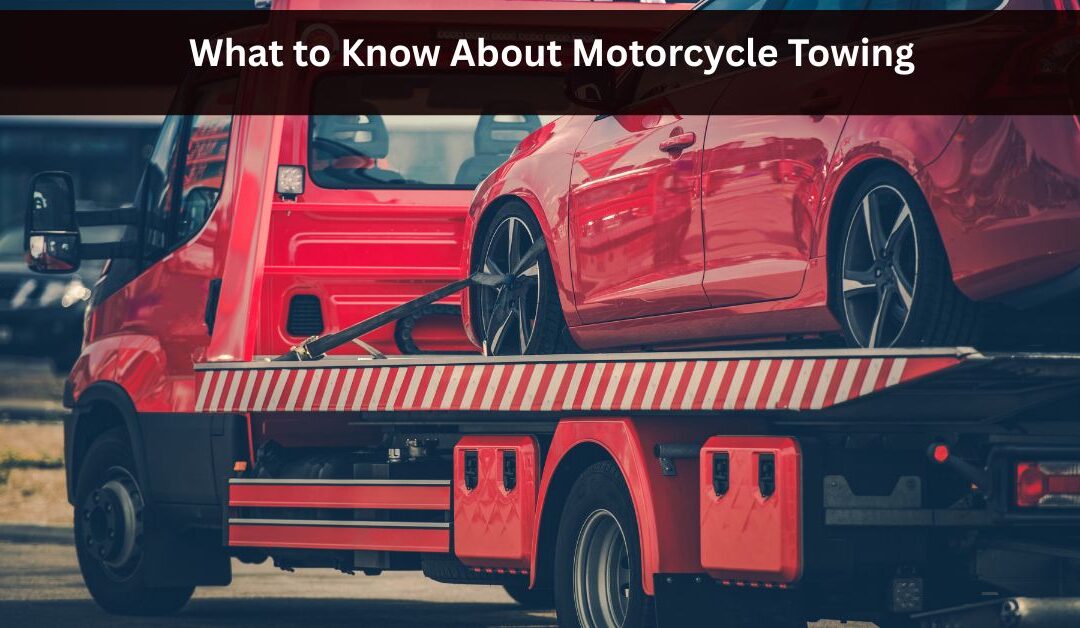Motorcycles, while lighter and smaller than cars, require just as much — if not more — care when it comes to towing. Unlike cars, motorcycles are exposed, delicate, and easier to damage if not handled properly. Whether you ride a cruiser, a sport bike, or a touring motorcycle, knowing the essentials of motorcycle towing is crucial to ensure your bike arrives safely at its destination without scratches or mechanical issues.
Choosing the Right Towing Service
Not every towing company is equipped to handle motorcycles. When you find yourself needing a tow, it’s essential to choose a towing service that specializes in or is experienced with motorcycles. Proper motorcycle towing requires different equipment, training, and techniques compared to towing cars or trucks.
Before agreeing to a tow, ask the company if they have experience towing motorcycles and what kind of equipment they use. A good motorcycle towing service should have flatbed trucks with motorcycle-specific attachments like wheel chocks, soft straps, and specialized loading ramps. An experienced operator will know how to properly secure a motorcycle to prevent it from tipping over, sliding, or sustaining frame damage during transport.
Taking the time to select a knowledgeable towing service can make all the difference in keeping your bike safe.
Proper Equipment for Motorcycle Towing
Towing a motorcycle isn’t just about strapping it onto a truck. Specialized equipment is necessary to ensure that the motorcycle is secure and stable throughout the entire journey. One of the most important tools is a motorcycle wheel chock, which holds the front wheel firmly in place and prevents the bike from rolling or tipping.
Soft straps and ratchet tie-downs are used to secure the motorcycle without damaging the paint or putting unnecessary stress on sensitive components. Hard straps or chains should never be used on a motorcycle’s frame or bodywork because they can cause dents, scratches, or even structural damage.
Flatbed trucks are preferred for motorcycle towing, but there are also motorcycle-specific trailers designed to hold bikes upright securely. In some cases, specialized motorcycle tow cradles can be used, which lift only the front wheel off the ground, though this method is better suited for short distances.
Knowing that the correct equipment is being used can give you confidence that your motorcycle will arrive at its destination just as it was picked up.
Preparing Your Motorcycle for Towing
Before your motorcycle is towed, there are a few important steps you can take to help prevent damage and ensure a smooth process. If possible and safe, remove or secure any loose accessories such as saddlebags, GPS devices, or windscreens. These parts can detach or get damaged during towing if not properly secured.
Make sure the bike is turned off and in neutral before it is loaded onto the towing vehicle. If your motorcycle has an alarm system, disarm it to prevent it from accidentally triggering during transport. Also, take note of the condition of your motorcycle before the tow. If you have time, take a few photos from different angles to document its pre-tow condition.
A little preparation goes a long way in protecting your motorcycle during transport and helps avoid disputes if any issues arise.
Loading and Securing the Motorcycle
Loading and securing the motorcycle properly is perhaps the most critical part of the towing process. Experienced tow truck operators will use a ramp to roll the bike onto the flatbed or trailer slowly and steadily, avoiding any jerky movements that could cause a fall.
Once the motorcycle is positioned, it should be secured with soft straps attached to solid parts of the bike, like the handlebars and rear frame, avoiding delicate parts such as the brake lines, mirrors, or foot pegs. The bike must be strapped down tightly enough to prevent movement but not so tight that it stresses the suspension or frame.
The tow truck operator will typically compress the suspension slightly when securing the bike. This helps the motorcycle stay stable during bumps or turns on the road. Watching the operator load and secure your bike carefully can give you peace of mind that your prized possession is in good hands.
Important Considerations During Transport
During the journey, it’s important that the tow truck operator drives cautiously, avoiding sudden stops, sharp turns, or high speeds that could jostle the motorcycle. A properly secured motorcycle should remain upright and unmoved throughout the transport.
For longer distances, it’s a good idea to periodically stop and inspect the straps to make sure nothing has loosened. Vibration and road movement can sometimes cause straps to shift, so regular checks help prevent accidents.
Once the motorcycle reaches its destination, unloading should be done just as carefully as loading. The operator should remove the straps slowly, ensure the bike is stable, and gently roll it off the ramp.
Good communication between you and the towing operator throughout the process ensures that everyone is on the same page and that your motorcycle is treated with the care it deserves.
Conclusion
Motorcycle towing requires specialized knowledge, careful handling, and the right equipment to ensure the bike’s safety. By choosing an experienced towing company, preparing your motorcycle properly, and understanding the towing process, you can help protect your bike from damage during transport.
Whether it’s a quick tow to the repair shop or moving your bike across the city, treating motorcycle towing seriously ensures that your ride remains in perfect condition. Taking the time to plan and work with professionals will give you peace of mind, knowing your motorcycle is in good hands until it’s safely back on the road.
Contact us
Towing Melbourne Wide
4/10 Auburn Grove
Hawthorn East VIC 3123
(03) 9956 1908


Recent Comments